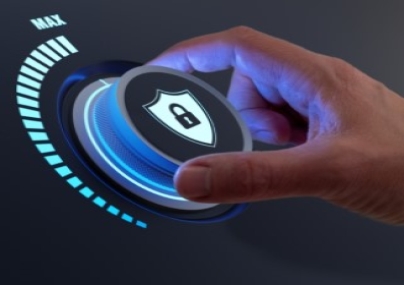
Cybersecurity has emerged as a critical concern in today’s interconnected world due to the escalating frequency, sophistication, and impact of cyberattacks. As a result, the need for lawyers in preventing and mitigating cyberattacks is more crucial than ever.
|
As cybersecurity attacks intensify, how are you assisting clients in trying to prevent cyberattacks, as well as mitigate the damage once it happens? |
|
Waseem I. Pangarkar
|
As for cybersecurity, we have advised our clients when instances of cyberattack have been reported. Some of the steps for mitigating cyberattack are: immediate termination of the Internet connection, including Wi-Fi and disabling all core network connections with the device; software upgrade on an automatic basis, including antivirus; reset credentials, including passwords; immediately report to the cyber cell or concerned investigating agency to avoid any legal complications or liability; implementation of robust incident management plan; and clear the infected devices and reinstall the affected files or software and keep a check on the infection by using various available tools. We need to learn and implement such measures to make this kind of advice effective. For that purpose, we educate employees about cybersecurity best practices, such as recognising phishing emails, malware and ransomware attacks, and using strong passwords. In addition, we implement multi-factor authentication (MFA), firewalls, intrusion detection and prevention systems, and secure configurations for all network devices and systems, among other measures. Also, manuals and risk management plans are important. So, we deploy security monitoring tools to detect and respond to potential threats in real time and develop an incident response plan. |
|
Ifrazunnisa Khan
|
We assist our clients with preparation of incident response plans and breach notification policies. We also help clients understand their compliances regarding security standards mandated under local laws and insurance portfolios, and mitigate their commercial risks under contractual agreements with vendors, employees, and other stakeholders in case of such events and regularly meet with our clients and their stakeholders to update them of any cyber security legal developments and increased compliances. In case of a cyberattack, we often work with clients to respond to ransomware threats, issue breach notifications to regulatory and insurance authorities, prepare corporate communications to investors, media, and other stakeholders, analyse other applicable legal requirements, and undertake other remedial actions. We assist clients with updating their cyber policies and response procedures because of such incidents. We also advise and represent our clients in potential or consequent claims, litigation, and dispute resolution. |
|
Vijayant Singh
|
As a comprehensive cybersecurity practice, we leverage our understanding of the law, awareness of industry best practices, and relationships with government/regulators to develop tailored cyber incident management strategies that help mitigate client exposure. These strategies should both be reactive and proactive – to answer the spectrum of legal questions that arise while managing an incident, including what the client’s sensitive and critical IT assets are; what incidents must be reported to regulators; what information must be shared with third parties; what organisational measures are required; and what are the protocols to investigate, contain, and report the incident, among others. A clear incident response framework that answers such questions–-while balancing the regulators’ expectations with clients’ commercial realities–-can help avoid challenges which might otherwise enhance risk. |



